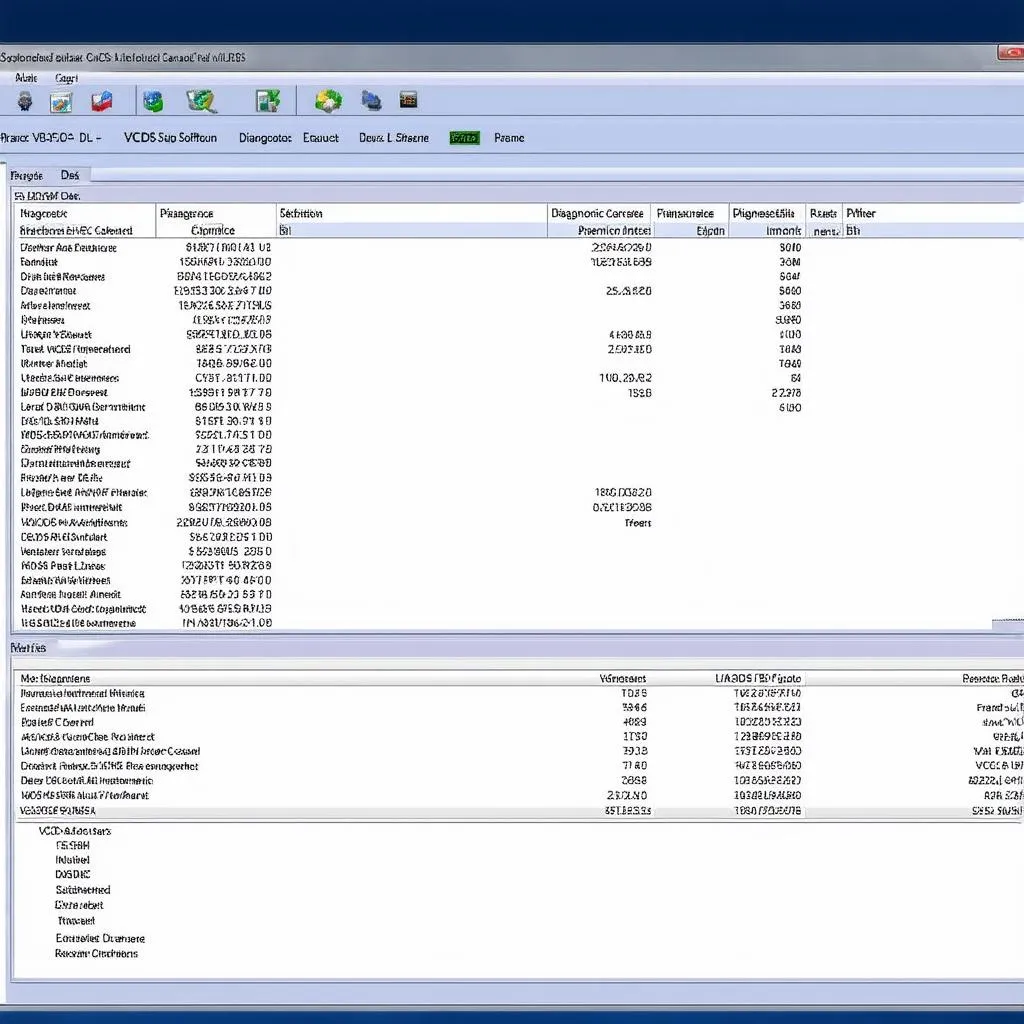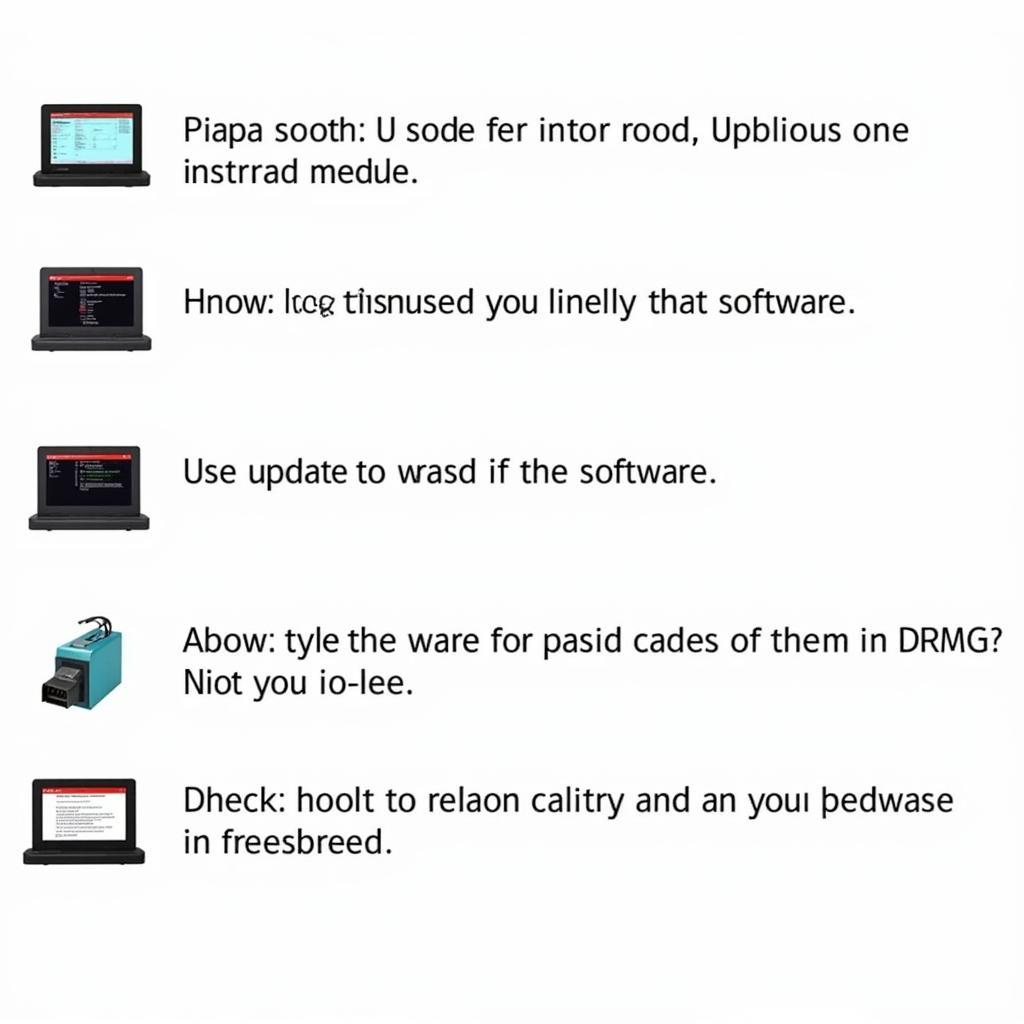The VCDS clutch switch test is a crucial diagnostic procedure for identifying issues related to your vehicle’s clutch system. This guide will provide a detailed explanation of the VCDS clutch switch test, its importance, and how to perform it effectively. We’ll cover common problems, solutions, and tips to help you troubleshoot clutch switch malfunctions.
Understanding the function of the clutch switch is essential for a successful VCDS clutch switch test. The clutch switch acts as a safety mechanism and plays a vital role in starting the engine and enabling cruise control. When you depress the clutch pedal, the switch closes, signaling the engine control unit (ECU) that the clutch is disengaged. This signal allows the starter to engage or enables cruise control functionality. A faulty clutch switch can lead to various issues, from starting problems to cruise control malfunctions.
Performing the VCDS Clutch Switch Test
The VCDS (Vag-Com Diagnostic System) is a powerful diagnostic tool that allows you to access and interpret your vehicle’s data. It provides a detailed insight into the functioning of various components, including the clutch switch. The test itself is relatively simple and can be performed with a vcds machine.
Here’s a step-by-step guide on how to perform the VCDS clutch switch test:
- Connect the VCDS interface to your vehicle’s OBD-II port.
- Turn the ignition on without starting the engine.
- Launch the VCDS software on your computer.
- Select the “Select Control Module” option.
- Choose the appropriate control module for your vehicle (typically Engine or Transmission).
- Navigate to the “Advanced Measuring Values” or “Measuring Blocks” section.
- Locate the measuring block related to the clutch switch. The specific block number may vary depending on the vehicle model.
- Observe the displayed values. The value should change when the clutch pedal is pressed and released. This indicates that the clutch switch is functioning correctly.
Common Problems and Solutions
A faulty clutch switch can manifest in several ways:
- Starting problems: The engine may not crank or start when the clutch pedal is pressed.
- Cruise control malfunction: The cruise control may not engage or disengage properly.
- Erratic engine behavior: The engine may stall or experience rough idling due to incorrect signals from the clutch switch.
Here are some potential solutions:
- Check the clutch switch wiring: Inspect the wiring harness for any damage, loose connections, or corrosion.
- Adjust the clutch switch: Sometimes, a simple adjustment of the switch’s position can resolve the issue.
- Replace the clutch switch: If the switch is confirmed to be faulty, replacement is the most effective solution.
Why is the VCDS Clutch Switch Test Important?
The VCDS clutch switch test provides valuable information for diagnosing clutch system problems. It helps identify the root cause of starting issues, cruise control malfunctions, and other related problems. By accurately pinpointing the source of the issue, you can save time and money on unnecessary repairs.
For example, imagine your car won’t start. You might suspect a faulty starter motor. However, a VCDS clutch switch test could reveal that the actual culprit is a malfunctioning clutch switch, saving you the expense of replacing a perfectly good starter.
Expert John Smith, a seasoned automotive diagnostician with over 20 years of experience, emphasizes, “The VCDS clutch switch test is a fundamental step in diagnosing clutch-related issues. It offers a quick and reliable way to confirm the functionality of the clutch switch and avoid misdiagnosis.”
Tips for an Effective VCDS Clutch Switch Test
- Ensure the VCDS software is up-to-date. This will ensure compatibility with your vehicle and access to the latest features.
- Use a genuine VCDS interface to ensure accurate data retrieval.
- Consult your vehicle’s service manual for specific instructions and measuring block locations.
- If you’re unsure about any step, seek professional assistance.
Conclusion
The VCDS clutch switch test is a valuable tool for diagnosing clutch system problems. By following this guide and utilizing the VCDS system effectively, you can quickly identify and resolve clutch switch malfunctions. Remember to check the clutch switch wiring, adjust the switch if necessary, and consider replacement if it’s faulty. Regularly performing the VCDS clutch switch test can help maintain the optimal performance of your vehicle’s clutch system.
FAQs
- What is a VCDS clutch switch? A VCDS clutch switch is a diagnostic test using the VCDS system to check the functionality of your car’s clutch switch.
- Why is my car not starting? A faulty clutch switch could be preventing your car from starting. The VCDS test can confirm this.
- How can I fix a faulty clutch switch? Solutions include checking the wiring, adjusting the switch, or replacing it.
- Where is the clutch switch located? The clutch switch is typically located near the clutch pedal.
- Is a VCDS necessary to test the clutch switch? While other methods exist, VCDS offers a comprehensive and accurate diagnosis.
- What if the VCDS test doesn’t work? If you encounter issues, consult a professional technician.
- How can I learn more about vcds clutch switch? You can find more information on our website.
If you need assistance, contact us via WhatsApp: +1 (641) 206-8880, Email: [email protected] or visit us at 276 Reock St, City of Orange, NJ 07050, United States. Our customer service team is available 24/7. You might also find information about vcds machine helpful.



